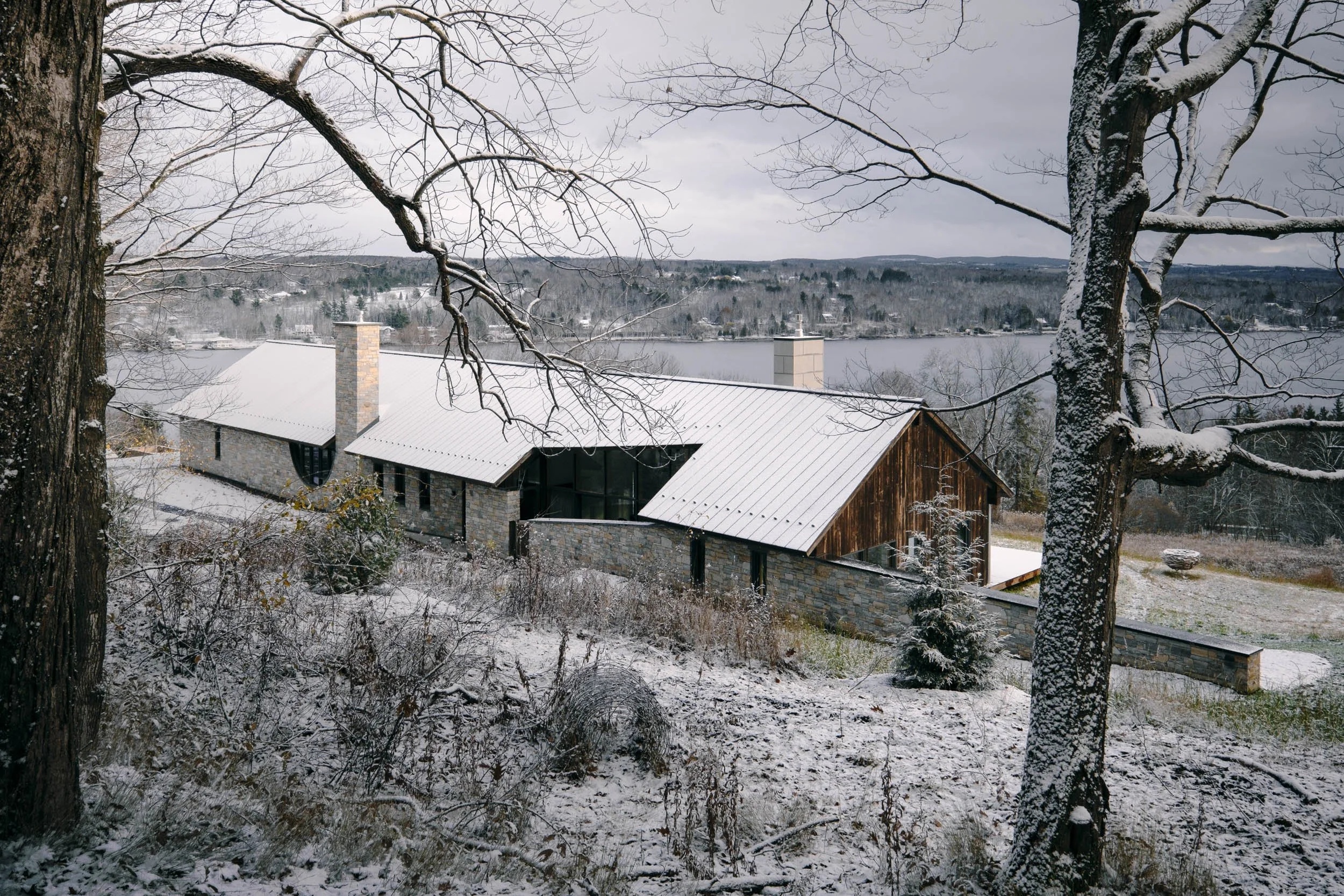The French Stone House by Theo Coutanceau Domini
The architecture of stone, extracted from the ground, pre-existing to man, does not last only thanks to its robustness but because it irrevocably belongs to the passage of time.
One of the most certain things about its beauty is that it does not entirely coincide with its time. Nothing that pre-existed is squared or straight, but the proportions are correct. The lack of adornment and opulence of these old dwellings underline the archaism of their materials. In our eyes, it reveals a particular propensity to conceive architecture as an experience of destitution, a confrontation with the essential.
Imprinted by years of occupation, the intrinsic beauty of graying woods, oxidized pieces, and eroded stone projects us into their incomplete and fragmented part. Sitting on the ground, with the wooden planks under us, the smell of smoke in the hearth, raindrops on the roof, wood crackling in the fire, urban noises somewhere in the outside world... Here, the influence of the place suggests things differently.
The place is not reduced to pleasure and aesthetic emotion. It encourages us to re-examine our own notion of comfort and exposes that luxury lies more in our way of living in a space rather than in the appearance of precious materials.
It does not express itself through what is spectacular but gives rise to astonishment by allowing at each moment the possibility of telling its own spectacle.
The material environment ignores any hierarchy between materials. Each element is as far as possible from its original state and frees itself from over-exposure. The structure exhibits the beauty of raw things. Only bare necessities persist, furnished without excess.
No chairs. Only a monastic table in solid walnut, a bench, a white sheet stretched to show films, and leather seats on the floor. The place does not respond to domestic life such as one can find in a traditional house.
The comfort of these spaces lies in their serenity, in their charm. Not intimidating, neither dripping with luxury. Instead, the space is very peaceful, almost friendly.
Bathed in an indirect, exhausted, almost precarious light allowing nuances, the intensity of the illumination is forced to retain the beauty of the shadow.
Gaps of space, never tightly closed, exasperate curiosity and give rise to a feeling of immensity even if the place is small.
This environment, revealed in its most primitive state, introduces us to a new way of reacting, experiencing and understanding what surrounds us. A form of supportive experience within ourselves that shapes our taste for the contemplative and makes us live each moment more intensely.
Spaces designed to think, converse, and inhabit.
















